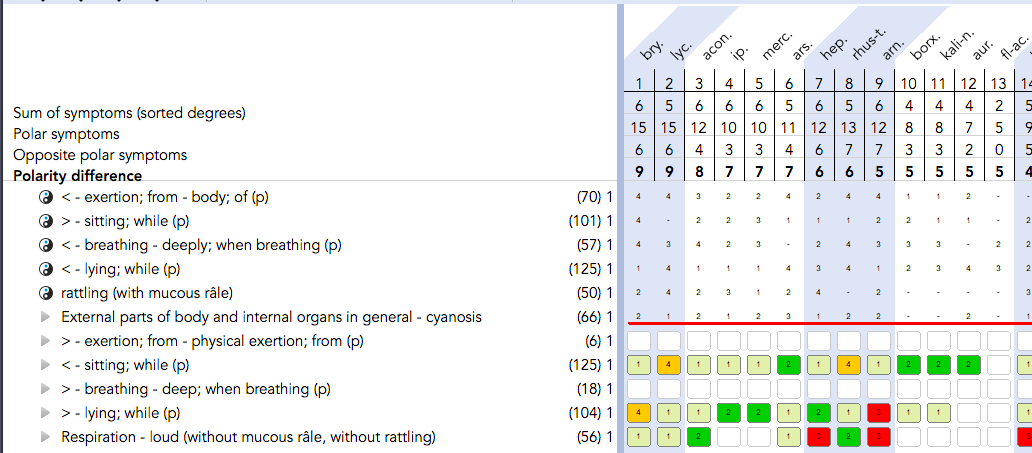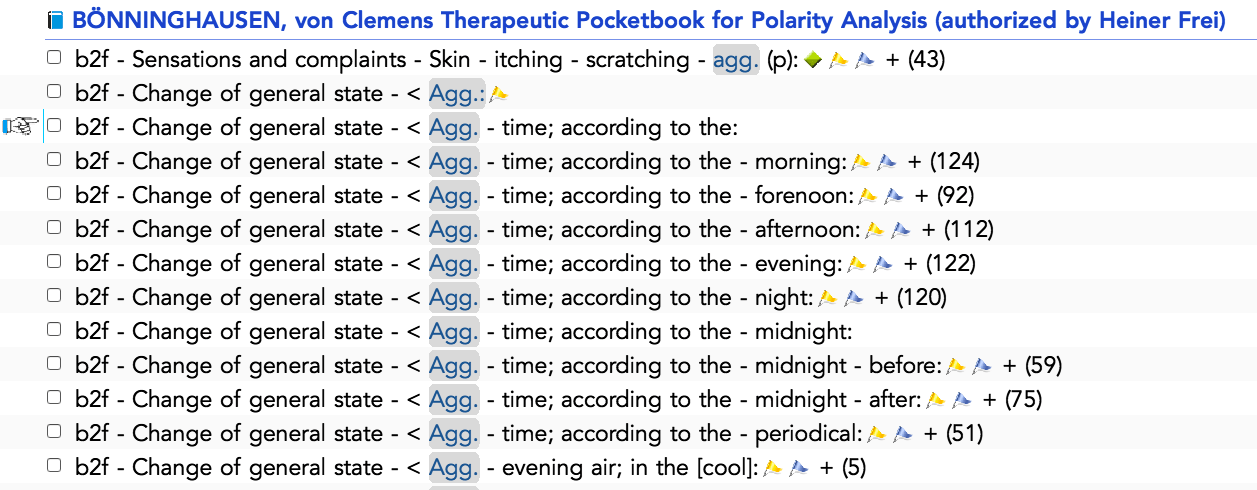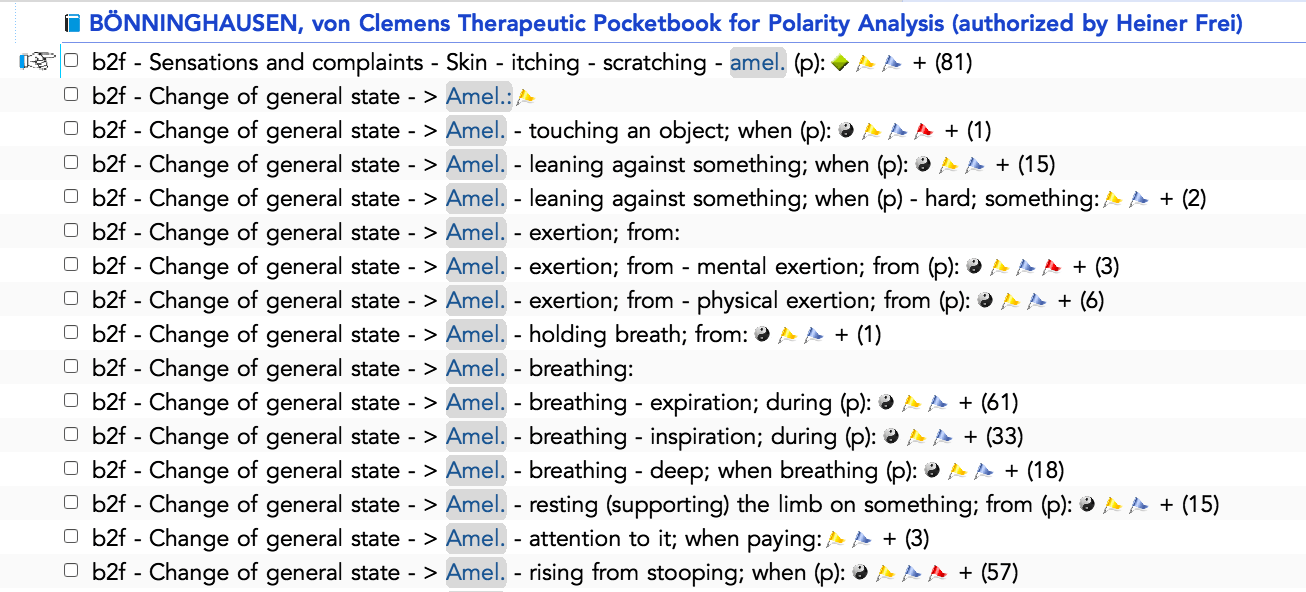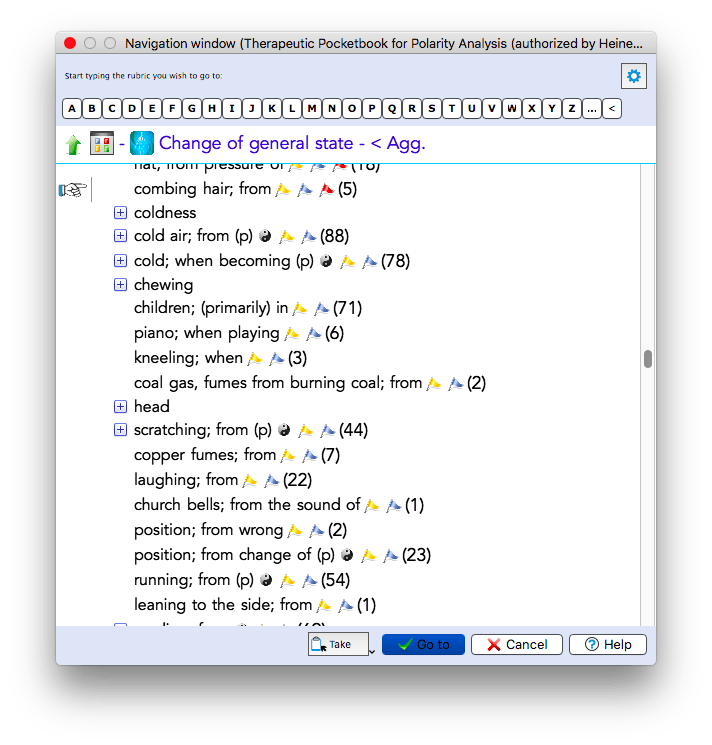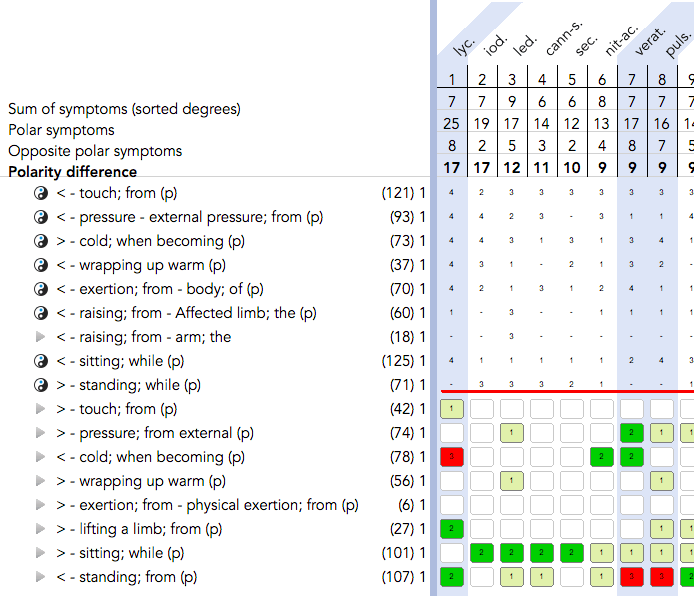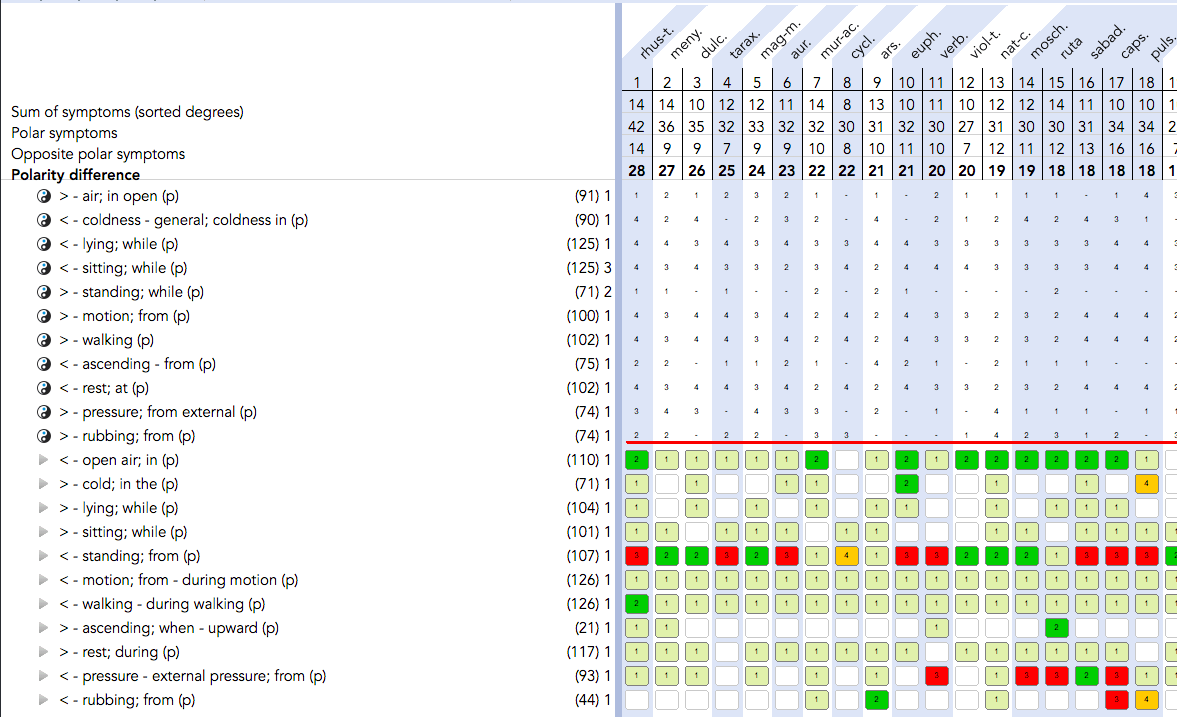Dr. Heiner Frei originated his Polarity Analysis (PA) in 2001, to apply in a rigorous Swiss double-blind study exploring the effectiveness of homeopathy in the treatment of hyperactive children. Dr. Heiner Frei and his team were upto to illustrate the precedence of high-potency remedies as compared to placebo, using the dependability that PA offers in the remedy selection – resulting in a surprising 84% success rate. Presumable conclusion studies accomplished since then on both the acute and chronic diseases have confirmed PA’s reliability.
It is based on Hahnemann’s favorite repertory, i.e, Clemens von Bœnninghausen’s Therapeutic Pocketbook (1846), Polarity Analysis uses the stern proving data and grading, and also employs Bœnninghausen’s concept of contraindications.
Fundamentally polarity analysis (PA) is a development of Boenninghausen’s concept of contraindications. It presents to determine in individual disease a healing possibility for each homeopathic medicine in question. The procedure leads to a coherent, efficient and reproducible choice of drug and increases the accuracy of prescriptions as compared to a traditional homeopathic procedure. Polarity analysis is constructed on Boenninghausen’s Therapeutic Pocketbook 1846, a tremendously reliable repertory.
The physician or therapist initially needs to understand the case history. For the determination of a suitable homeopathic remedy, It is then important to study the patient and make a standard medical diagnosis. Now the next is the patients have to report their polar symptoms with the help of the Checklist for authentic Symptoms.
For the repertorisation we essentially use only polar symptoms. Polar symptoms are those with an opposite pole, such as motion aversion to / motion desire to, hunger, appetite / loss of appetite, desire for fresh air / dislike of fresh air. Most of the polar symptoms are modalities which, according to Organon § 153, are what is attributed, peculiar and characteristic to the particular disease. If this does not relent to a best-fitting medicine, we might decide to include other characteristic symptoms in the repertorisation.
However, according to the Boenninghausen concept, high grade remedies (Grades 3,4 and 5) are complementary to the characteristics of the remedies. In selecting the suitable similimum for a patient, the physician is responsible for selecting the one that has characteristics most related to those of the patient in as high a grade as possible. If in a particular Polar Symptom, the contrary is covered by a particular remedy in high grade, while the pole evince by the patient arises only in low grade, then this medicine, according to the Boenninghausen, is contraindicated and will not heal the patient. Nux vomica, for example, has aversion to movement in third grade, desire to move, however, only in first grade. Hence, Nux-v will likely not heal a patient who manifests a strong desire to move, although it enfolds this symptom in principle. Boenninghausen used this method to examine his choice of remedy.



